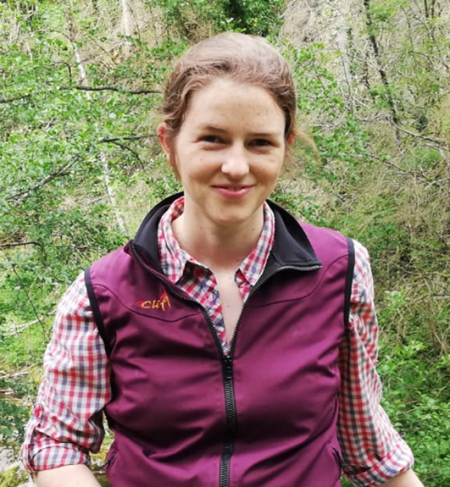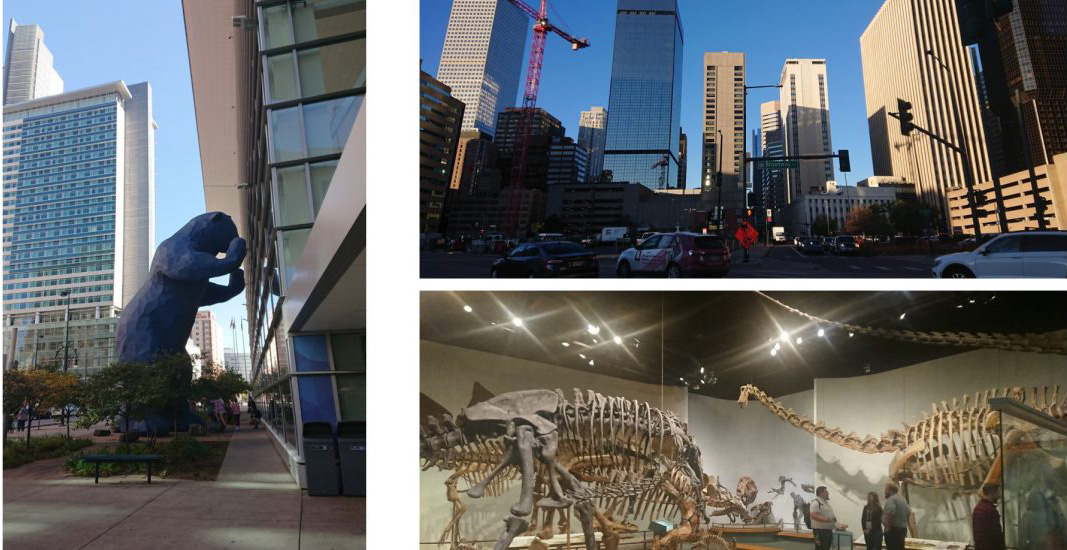
Report – EAG Ambassador Beatrix Heller at GSA
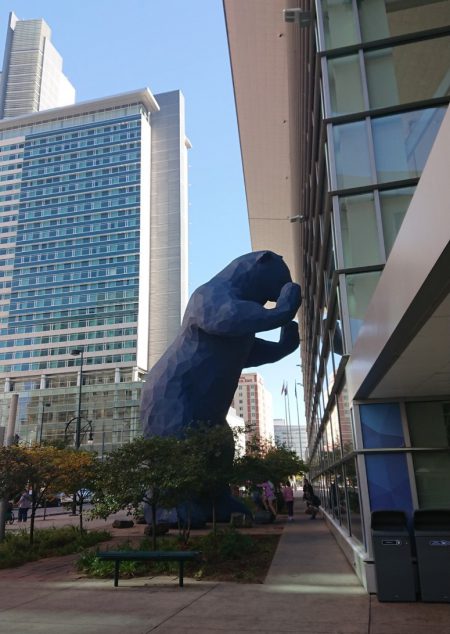
This October I was able to attend the annual meeting of the Geological Society of America, the “GSA Connects 2022” in Denver, Colorado, United States of America. Denver, the “mile-high city”, is located at 1600 m elevation next to the Rocky Mountains, but the city itself is perfectly flat. It is one of the sunniest cities in the US and the days of the conference were no exception to that. As the conference started on a Saturday afternoon and I had arrived the evening before, I had some time to participate in a free walking tour. This meant I learned a little bit more about the city and its history which is strongly linked to the finding of gold in the area.
The conference took place in the Central Business District of Denver in the Colorado Convention Center, recognizable by a large blue bear (Fig. 1).
As the hotels next to the convention center were rather expensive, I had opted for an Airbnb in about 2.5 km distance from the conference center. Although my accommodation was still in the central area of the city, the bus going there operated only once per hour. While this was a certain limitation in the evenings it made me have nice 30 minutes walks in the morning sun of Denver and allowed me to get to know the city a little bit better (Fig. 2).
I had been invited to talk in a session on the different applications of iron oxides and thanks to the EAG ambassador program I was able to do this personally and on-site. After a PhD strongly impacted by the pandemics this was the first big conference in three years that I was able to attend. It was apparent that everyone enjoyed talking to people face to face and I was happy to notice that it was very easy to get in contact and discussion with others.
The session where I presented was relatively small, but to my delight there were several sessions on geochronology bringing this community together and allowing me to meet many people, some of whom I had only previously known from the literature. Talking to researchers working in different countries I learned a lot about the research and funding possibilities in these places. Hopefully some of the contacts I made might also result in future collaborations. Furthermore, the large variety of disciplines and topics represented in the (poster) sessions gave me insight into very different subjects and studies. This helped me a lot to think of the direction I would like to follow for my own research.
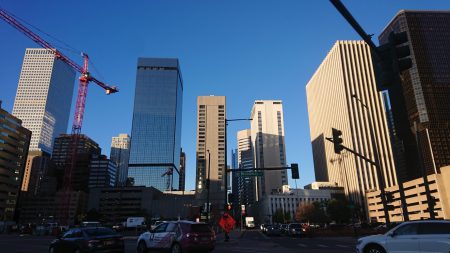
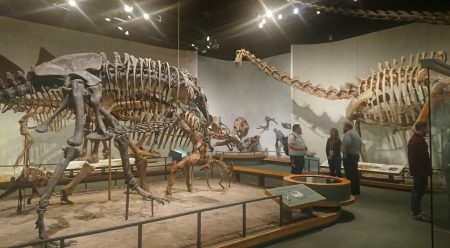
One evening of the conference I attended an Early Career event organized by the Denver Museum of Nature and Science. After some food and drinks, it was possible to visit the mineralogical and prehistoric collections of the museum while chatting to fellow students and early career researchers (Fig. 3). This was a really nice possibility to meet people and to see the wonderful mineralogical collection of the museum which hosts many beautiful specimens, many of them from the Denver area. Furthermore the discussions with the students and early career researchers allowed me to get a better understanding of the American university and research system which is quite different from the systems I have known so far.
Altogether the conference was a very rich experience which gave me important orientation in my current career situation and allowed me to meet many interesting and inspiring researchers.
About the author
Beatrix Heller did her studies in geosciences at the universities of Göttingen (Germany), São Paulo (Brazil) and Prague (Czech Republic). She recently finished her PhD entitled “Temporal evolution of Amazonian laterites reconstructed from mineralogy, geochemistry and geochronology” which she did at the Universities Paris-Saclay and Sorbonne in France. In her work she uses (U-Th)/He geochronology of iron oxides and electron paramagnetic resonance spectroscopy dating of kaolinite in order to disentangle the paleoclimatic information hidden in laterites and to improve the understanding of laterite formation and evolution. Beatrix has a general interest in unconventional geochronological methods and the processes shaping the Earth’s surface.
